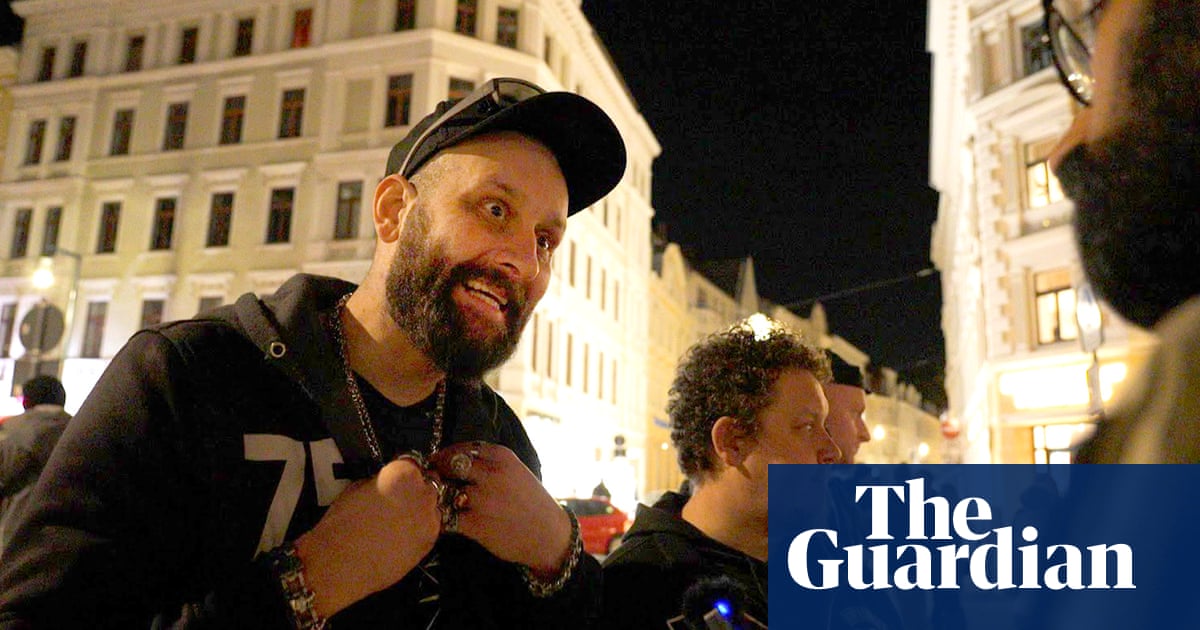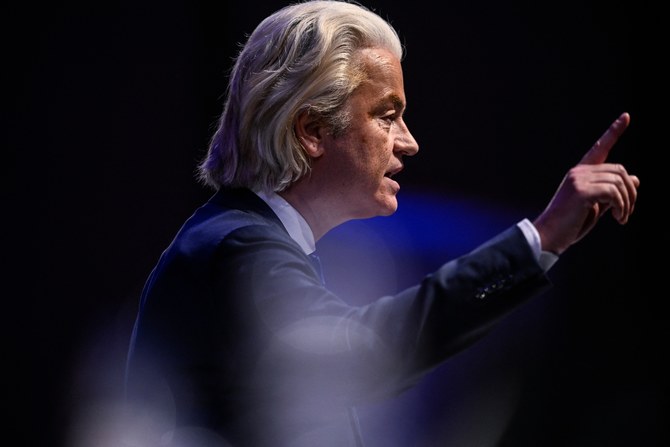
Last week’s parliamentary elections in Austria have left some suggesting that the far right in European politics, which has enjoyed a fair amount of electoral success in the last couple of years, is now on the ropes.
The recent Austrian elections occurred after the collapse of that county’s coalition government. Due to its makeup, this government was always fragile. Although it was led by the mainstream center-right People’s Party, it was propped up by the far-right Freedom Party. The government did not take long to unravel.
In recent months, the Freedom Party got embroiled in not one, but two major scandals involving dodgy Russian money, suspected embezzlement of political party funds, and the alleged misuse of the Austrian intelligence service. This scandalous behavior by the Freedom Party meant that the coalition was untenable. The government collapsed in May.
The resulting elections saw the People’s Party surge, while the Freedom Party’s support fell to 16 percent from 26 percent in the 2017 election. Many of the Freedom Party’s supporters from 2017 either switched to the People’s Party or did not vote.
But for those who think that Europe has now reached the beginning of the end of far-right political parties gaining ground, a word of caution is needed. Considering the magnitude of the scandals faced by the Freedom Party, it is extraordinary that it still took 16 percent of the vote and came third. If 16 percent is the floor of the Freedom Party’s support in Austria even after all the scandals, it will likely make a future electoral comeback.
There are a few other examples debunking the idea that the far right is dead in Europe. In Italy last month, the coalition government of the left-wing populist Five Star Movement and the far-right Lega party (formally known as the Lega Nord) collapsed after months of infighting.
At the time, polling showed that if snap elections were held in Italy, Lega would actually increase its share of the vote. So a new coalition government was formed by center-left parties normally at odds with one another to avoid risking this possibility.
After the European Parliament elections in May, the far right increased its seats from 36 in 2015 to 73. In April, elections in Estonia brought the far-right People’s Party into a coalition government, and it now holds key Cabinet positions. Last month’s local elections in Germany saw the far-right Alternative for Germany (AfD) make big gains too.
The rise of the political fringe in Europe represents a complete failure of sensible, responsible and moderate political voices from the mainstream to come together to address the many social and economic problems faced by many Europeans.
Luke Coffey
The resilience of the Freedom Party in the Austrian elections, the fear of the Lega surging in the polls, and the rise of the Estonian People’s Party hardly show the far right in Europe beating a retreat. The far left has seen electoral success. The Communist Party of Greece, Die Linke (The Left) in Germany and the Portuguese Communist Party, to name a few, have enjoyed recent success at the ballot box.
The rise of the political fringe in Europe represents a complete failure of sensible, responsible and moderate political voices from the mainstream to come together to address the many social and economic problems faced by many Europeans.
The rise of these fringe and extreme parties did not happen in a vacuum. In some of the countries that have seen the rise of far-right or far-left political parties — such as Italy, Spain and Greece — it is quite obvious how these movements have been able to take root. When you have the economic devastation that has been seen over the past decade, in southern Europe for example, there are political consequences.
During the height of the eurozone crisis, countries such as Spain and Greece had youth unemployment hovering around 50 percent. Even today, Greece and Spain suffer from 40 percent and 32 percent youth unemployment respectively. Italy’s gross domestic product is still smaller today than it was in 2008 at the onset of the financial crisis. People’s discontent bleeds over into the political process.
Many people who have been left behind economically, and fear that jobs are being taken by migrants or that globalization has treated them unfairly, take refuge among the political fringe. Populist and extremist parties on the political left and right take advantage of people’s desperation.
In many ways, the far right and far left eventually meet on the ideological spectrum. Big government, massive government spending, more government control of your life, and willingness to appease aggressors are all hallmarks of both the far right and far left in Europe today.
Russia benefits greatly from Europe’s social and political divisions. This is the last thing the continent needs right now. Although Moscow normally gets the blame for the rise in far-right parties in Europe, the situation is not so simple. For the most part, Russia is not responsible for the rise of far-right parties in Europe, but it certainly takes advantage of the situation.
Moscow’s fingerprints have been seen backing far-right groups in France, Italy and Austria, to name but a few countries. In the case of all three, there have been suspected financial connections with Russia. At a time when Europe needs to be united in the face of Russian aggression, the last thing it needs is political and societal divisions fueled by the Kremlin.
The recent electoral shortcomings of the Freedom Party in Austria does not mark the end of the far right. Until Europe gets its house in order economically and politically, the political fringes will remain a significant part of political life across the continent. The rise of extremism in politics, whether on the left or the right, should be a concern for policymakers. After all, if you drive too far to the left or too far to the right, you often end up in a ditch.












